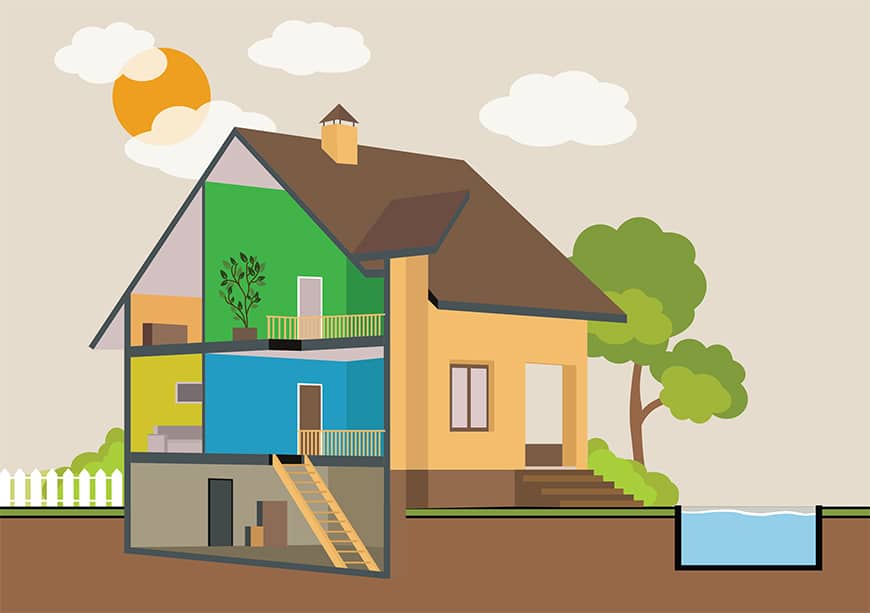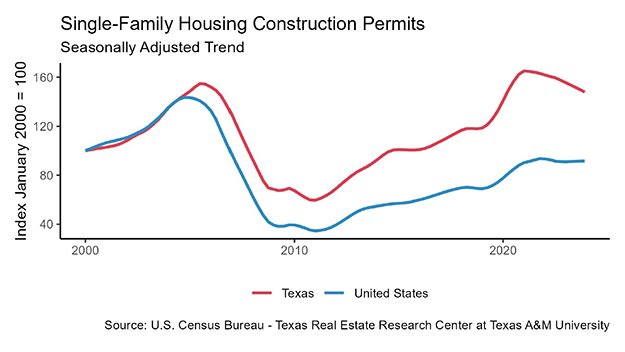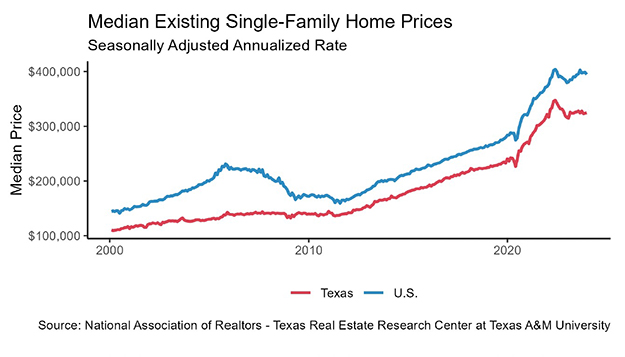- Develop a DESIRE to achieve the goal. The desire must be intense. How do you intensify desire? Sit down and write out all the benefits and advantages of achieving your goal. Once the list goes between 50 and 100 your goal becomes unstoppable.
- WRITE your goal down. Once it goes into writing it becomes substantial and starts etching itself into your subconscious.
- DEADLINE your goal. Analyze where you are now in relation to the goal and then measure how long you will reasonably need to complete the goal. Then set the latest outside date.
- IDENTIFY 1) the obstacles you will need to overcome, 2) the help you will need to acquire, e.g. knowledge, people, organizations. In each case write them out in a clear list and analyze them.
- Take all the details of steps 3 and 4 and make a PLAN. List all the activities and prioritize them. Rewrite the list, optimize it, perfect it.
- Get a clear MENTAL PICTURE of the goal already accomplished. Make the mental image crystal clear, vivid in the mind’s eye. Play that picture over and over in your mind.
- Back your plan with PERSISTENCE and resolve. Never, never, never give up even when you hit setbacks.
Follow those steps religiously and you will be a high achiever.
DANGER – You can read this and think, “That sounds interesting. I must try that sometime”.
Intense Desire – Rocket Fuel For Your Goals!
Goal Setting Step 1
Have you set personal or business goals and failed to achieve them?
Here is a crucial question: WHY?
The answer is simple:
Because we did not have a strong enough desire.
Some may argue with that. “But I did have a strong desire and still I didn’t get there.”
Sorry, but the desire was still not strong enough.
This article is about INTENSE desire. In other words, a PASSION.
Rocket fuel is powerful. The energy it releases boggles the mind.
Intense desire can do the same for human achievement.
Are you working on a goal right now?
Is it faltering or not progressing as fast as you would like?
Analyze the intensity of your desire.
How do you identify intense desire, passion?
It’s what keeps people working all hours, up early, late to bed.
It’s what fueled Stephen Spielberg from the age of 13 to be a movie director.
It’s what powered Whoopi Goldberg from childhood out of impossible circumstances to be a very successful actress.
The desire dominates conversation, thinking, actions.
How do you intensify desire? This article will show how.
Question: Where do desires start? How do they form?
Unlike animals with their internal programming we call instinct, the human mind has the colossal potential for reasoning, coming to conclusions, thinking things through.
So desires start in the mind.
Research has shown that impulses are transmitted through electro chemical processes across the synapses, tiny spaces less than one millionth of an inch across, which separate the brain cells or neurons.
Patterns and tracks are formed in our thinking processes. Think the same thought regularly and it becomes a habit forming a deep track like a well-used path across a field.
On the other hand, an occasional thought may pass through the mind and be forgotten just like a path seldom used which becomes overgrown.
Now apply this information to desires
A desire may come into the mind and soon be forgotten in the everyday hum drum of life.
But keep thinking about it, keep your mind focused on it and what happens?
The desire becomes strong, very strong. Then?
Action follows right after.
So back to our original question – how to intensify desire?
Take as an illustration a work of art. After many years the picture suffers from pollution and discoloration. It may only be a shadow of its original glory.
But after it has gone through a meticulous restoration process what happens?
The picture breathes life and vibrancy again. Why?
Because now you see the detail. There are moods, objects, expressions in that picture you never saw or felt before.
Detail makes the difference.
How then can we intensify desire?
By listing details, particularly benefits!
Once the list gets past 20 or 30 benefits your goal becomes unstoppable.
Why not do this exercise today with one of your goals.
Have you set a goal for your business to make $X this month?
Making money for the sake of it after a while becomes mundane. There has to be something more.
Make a list of all the benefits from using that money.
What difference will it make to your family, your lifestyle, your enjoyment of life, your business growth?
What if one of your goals is to develop a skill or awaken a dormant talent or ability?
Write down a huge list of the benefits this will bring you and your loved ones, or your business.
The more you write, the more details your mind conjures up, the greater the intensity of desire becomes.
This is the first step of goal achievement and the foundation.
With intense desire fueling your goals you have every chance of rocketing to success!
Goal Setting Step 2
The smiling face of someone close to you.
The classroom on your first day at school.
The first automobile you owned.
That beautiful sunset on your last vacation.
These sentences immediately bring pictures to your mind.
The brain often thinks in pictures.
The human eye captures an incredible amount of information with just one glance and relays it all to the brain which then translates that information into a form we ‘see’.
It would be more accurate to say we see with our brains than with our eyes.
But here is a point that gets more exciting the more you think about it.
The brain does not need to receive information through the eyes to see every time.
It can recall from memory sights, sounds and feelings and put the whole sequence together and run it like a movie all inside our head.
Where is all this leading us?
If we could construct our own movie casting ourselves in the starring role acting out the scene as if we have achieved our goal and play it over and over in our minds what would be the result?
Answer:
SENSATIONAL!
A movie is made by a lot of people but a key figure is the director.
His job is to visualize the script and guide the production crew and actors.
So be your own director.
Visualize yourself enjoying the benefits of having reached your goal.
This may sound a little ‘off the wall’ but many find this technique works!
In your mind create your own movie theater.
Imagine it now. Imagine the walls, the seats, the stage, the screen. Put yourself in the front row. Sit back, press a button and start the movie.
See yourself up there in vivid color enjoying whatever it is you were seeking.
Rewind. Play it again!
Every time you want to feel a surge of motivation, in your mind, slip into your own movie theater and just play it again.
This mental imaging merely cooperates with the way our brain works.
And what goes on in our minds has a direct bearing on our actions and results we produce in our lives.
So go ahead!
Visualize your goal, create the mental picture and put an MGM studio in your head!
The Remaining 90% – Sheer Persistence
Goal Setting Step 3
In 1915 Ty Cobb set up an amazing baseball record of stealing 96 bases.
Seven years later Max Carey set the second-best record with 51 stolen bases.
Was Cobb twice as good as Carey?
Consider this: Cobb made 134 attempts. Carey made 53.
So Carey’s average was much better.
Cobb however made 81 more tries and was rewarded with 44 more stolen bases.
When you get behind the big success stories in any given field, you often find the most successful have made more attempts and spent longer hours at the given task than anyone else.
In other words, they give the law of averages a chance to work in their favor! They just keep on striking out, often against all odds.
In goal achievement this sterling quality of persistence and its bed-fellow perseverance, is absolutely essential.
You must just keep at it day in day out. Then you are GUARANTEED results – eventually! To maintain this kind of momentum you have to develop mental toughness.
To be mentally tough means you minimize the effects of discouragement and you turn negatives into positives.
Whenever a negative thought comes into your mind or when others make negative comments, say to yourself, “Delete that Program” and replace it with a positive thought.
For example, when you catch yourself thinking, “This is just not working, this is useless and a waste of time”, trigger mental toughness by saying “DELETE THAT PROGRAMME”.
Instead think: “What do I need to do to make this work!”
Admittedly, negative mental habits are hard to break.
It takes time and persistence but oh my, the rewards when you do!
Do we understand then why the title of this final session is:
“The Remaining 90% – Sheer Persistence”?
It really does come down to that.
Just keep on going, persist, persist, persist, and let the good old law of averages work for you.
Have you clearly set in your mind what you want to accomplish in the next six months, next year, next 3 years? People who don’t can’t expect to get anywhere fast.
Get yourself organized, focused, passionately driven toward your goals today.
5 Elements of a Useful Goal
- SPECIFIC: Describes what you want to accomplish with as much detail as possible.
- MEASURABLE: Describes your goal in terms that can clearly be evaluated.
- CHALLENGING: Takes energy and discipline to accomplish.
- REALISTIC: A goal you know you are actually capable of obtaining.
- STATED COMPLETION DATE: Goals that break longer term goals into shorter pieces and clearly specify target completion dates











 Nicole M. McAninch
Nicole M. McAninch Arturo E. Hernandez
Arturo E. Hernandez Teri Bingham
Teri Bingham Vanessa A. Sansone
Vanessa A. Sansone Glenda Ballard
Glenda Ballard




